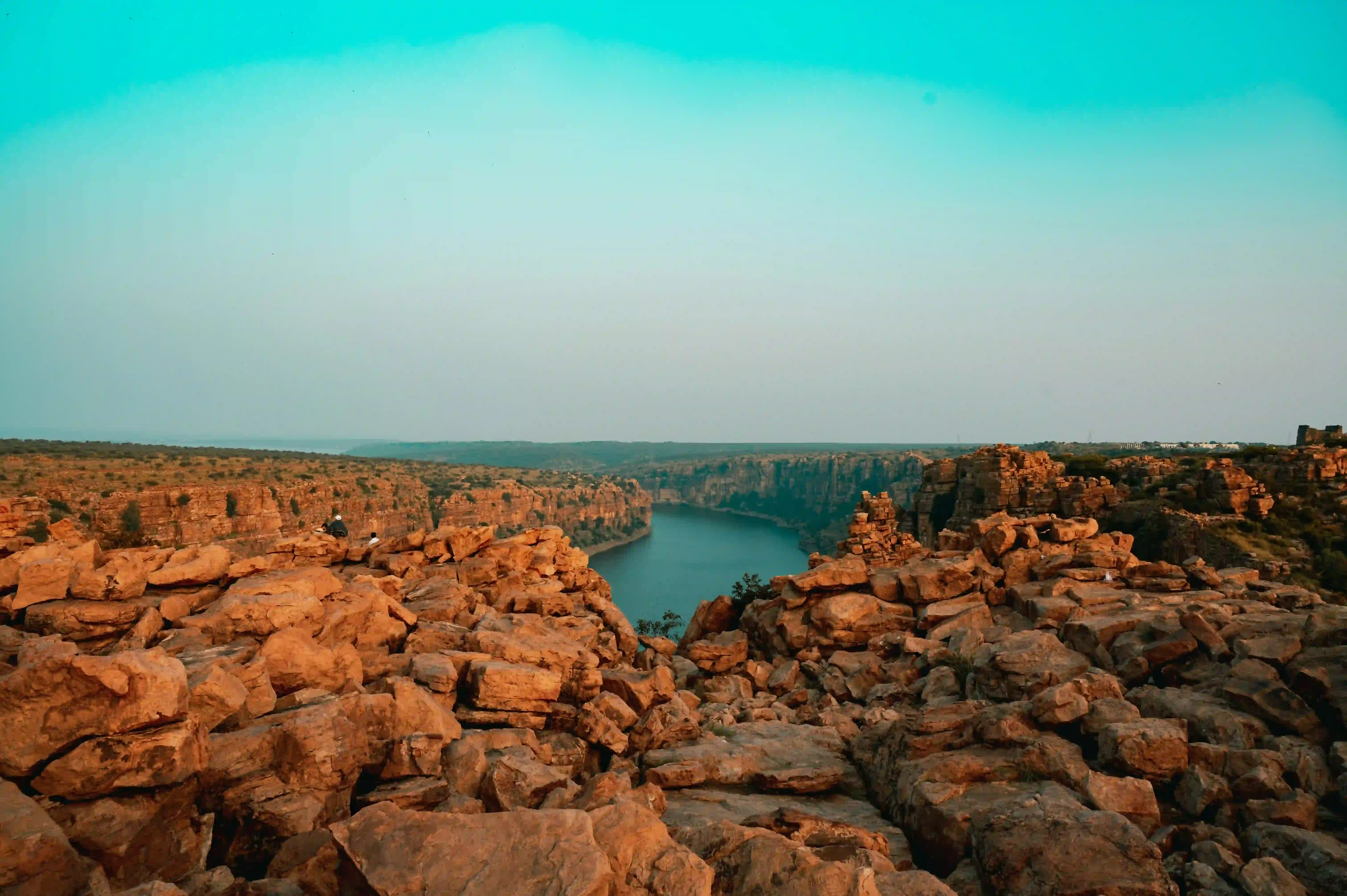The Khandagiri Caves stand as a profound testament to the spiritual and architectural legacy of ancient Odisha, particularly during the reign of King Kharavela. These rock-cut caves, nestled in Bhubaneswar, represent far more than mere archaeological remnants—they are living narratives of Jain monastic life, royal patronage, and sophisticated cultural practices from the 1st century BCE.
King Kharavela's commitment to Jainism transcended mere religious devotion, representing a comprehensive socio-political statement that manifested through these meticulously crafted caves. The Hathigumpha inscription, carved in elegant Brahmi script, provides an extraordinary window into this historical period, chronicling not just architectural achievements but the nuanced political and spiritual landscape of the era.
The architectural marvel of these caves reflects an extraordinary blend of natural topography and human craftsmanship. Carved from solid rock with remarkable precision, each cave represents a microcosm of spiritual retreat, designed to facilitate meditation, study, and ascetic living. The intricate carvings and religious motifs embedded in the rock walls narrate stories of devotion, philosophical contemplation, and the austere lifestyle of Jain monks.
Beyond their physical structure, the Khandagiri Caves embody a profound connection between human spiritual pursuits and natural environment. Surrounded by fragrant flora and resonant with bird songs, these caves were not merely shelters but sacred spaces where scholars and ascetics could commune with both inner landscapes and external natural rhythms. The serene atmosphere became a crucible for philosophical reflection and spiritual transformation.
Archaeological evidence and historical inscriptions suggest that these caves were part of a larger cultural ecosystem that valued knowledge, spirituality, and communal learning. The monks who inhabited these spaces were not just religious practitioners but also scholars, preserving and transmitting complex philosophical traditions. Their lifestyle represented a holistic approach to understanding existence, blending rigorous intellectual inquiry with deep meditative practices.
The cultural significance of Khandagiri extends far beyond its original construction period. Through centuries, these caves have remained a critical site for understanding the development of Jain philosophy, rock-cut architecture, and the sophisticated social structures of ancient Indian civilizations. The Archaeological Survey of India's recognition of these caves as a "Must See" heritage site underscores their continued relevance in understanding India's rich cultural tapestry.
Modern restoration efforts have been crucial in preserving this extraordinary site, ensuring that future generations can appreciate and learn from these ancient spaces. The careful conservation work helps maintain the structural integrity of the caves while providing scholars, historians, and tourists an immersive glimpse into a complex and nuanced historical period that shaped the spiritual and cultural landscape of the region.
The Khandagiri Caves ultimately represent more than a historical site—they are a profound narrative of human spiritual aspiration, architectural brilliance, and cultural continuity. They remind us that our understanding of history is not just about stone and script, but about the profound human experiences that transform physical spaces into living, breathing repositories of collective memory and spiritual wisdom.








